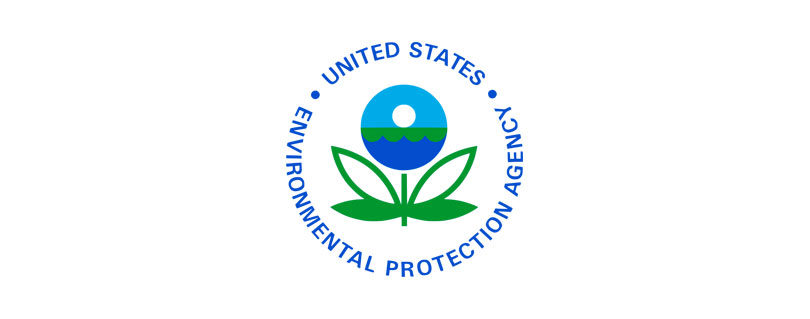EPA and HHS Encourage States to Utilize Federal Resources for Lead Detection and Mitigation in Early Care and Education Settings
Publilshed by the U.S. Environmental Protection Agency (EPA)
WASHINGTON — The U.S. Environmental Protection Agency (EPA) and U.S. Department of Health and Human Services (HHS) issued a joint letter to governors to encourage state and local governments to use federal funding to take actions to reduce and remove lead in drinking water in early care and education settings, like elementary schools and daycare facilities.
“The science is clear: there is no safe level of lead of exposure to lead — especially for our children,” said EPA Administrator Michael S. Regan. “The Biden-Harris Administration is taking a whole-of-government approach towards reducing lead exposure, especially in the environments our youth learn and grow. We are encouraging our state and local partners to join us in this critical effort and leverage the unprecedented levels of federal funding from the Bipartisan Infrastructure Law to reduce childhood lead exposure.”
“Children are our future,” said HHS Secretary Xavier Becerra. “The Biden-Harris Administration is committed to protecting children and the communities they live in by taking action to deliver clean drinking water, replace lead pipes, and remove lead paint. This collaboration between HHS and EPA will continue to advance lead remediation in elementary schools and child care facilities, protecting the health and well-being of future generations.”
EPA and HHS are delivering on the White House’s Lead Pipe and Paint Action Plan by encouraging federal, state, and local governments to use every tool to deliver clean drinking water, replace lead pipes, and remediate lead paint. Funding for this collaborative initiative can come from both the American Rescue Plan and the Bipartisan Infrastructure Law, among other federal resources. It is especially critical to make improvements to places where children spend significant time such as child care centers, family child care homes, preschools, and Head Start programs. Together, these historic federal investments have the potential to be transformative and to act as a catalyst to achieve lead-free water for all, especially for children who are most susceptible to the health impacts from lead exposure.
President Biden’s Bipartisan Infrastructure Law is dedicating an unprecedented $15 billion to removing lead from drinking water including in early child care settings. In the coming days, EPA will be announcing this year’s drinking water funding supporting states, Tribes, and territories in upgrading critical infrastructure and improving access to safe drinking water across the nation. This funding builds on President Biden’s Investing in America agenda to deliver clean water and protect public health for all people, especially disadvantaged communities.
States can also take administrative measures to support the health and safety of children in early care and education settings by establishing or strengthening licensing and monitoring requirements or improving blood lead screening programs. In addition, states can provide technical assistance and resources to meet lead testing and remediation requirements, including use of the EPA 3Ts (Training, Testing, and Taking Action) voluntary program to help schools and child care facilities make progress on reducing lead in drinking water.
Learn more by visiting EPA WIIN Grant: Voluntary School and Child Care Lead Testing and Reduction Grant Program and HHS Strategy Resources to Support Access to Safe and Healthy Early Care and Education Facilities.
Background
The EPA and HHS are working together to reduce children’s exposure to lead as signatories on a Memorandum of Understanding on Reducing Lead Levels in Drinking Water in Schools and Child Care Facilities, and together co-chair the President’s Task Force on Environmental Health Risks and Safety Risks to Children, comprised of 17 federal agencies and White House offices. Together, these initiatives highlight the federal government’s dedication to taking action to reduce their risk of disease and impairment by lowering children’s exposure to lead using federal and state resources and initiatives.
Children are especially vulnerable to lead effects because their bodies are still developing. Infants and young children are at the highest risk for life-long health problems from lead exposure. Lead poisoning can have both physical and psychological repercussions. Exposure to even low amounts of lead in children can cause anemia, behavioral and learning issues, and other problems. Therefore, states must coordinate their efforts to address lead in early care and education settings, where most American children spend a significant amount of time.
Read the full article at: https://www.epa.gov/newsreleases/epa-and-hhs-encourage-states-utilize-federal-resources-lead-detection-and-mitigation



